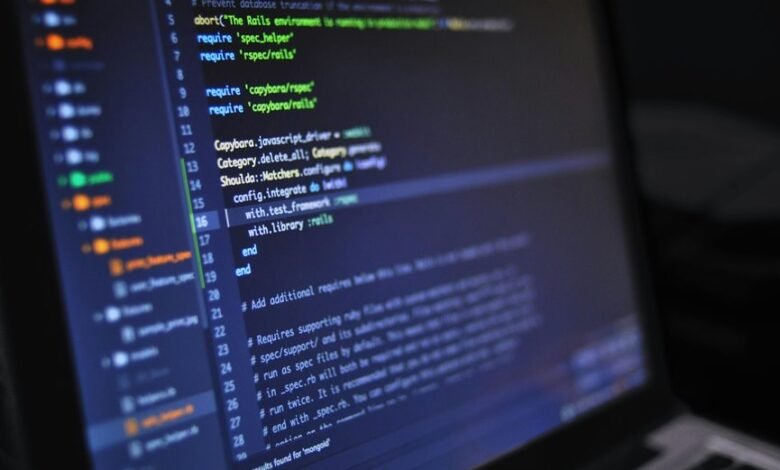PQ436222813BR: Analisando a Aplicação no Sistema Jurídico

PQ436222813BR represents a significant advancement in the legal system’s approach to case management. Its implementation streamlines processes and reduces administrative errors through standardized methods of retrieval and tracking. The benefits of such identifiers extend beyond mere efficiency, touching upon transparency and accountability within legal practices. However, the broader implications of these developments raise important questions about their influence on legal frameworks and stakeholder relationships. What might the future hold for unique identifiers in enhancing legal practices?
Understanding PQ436222813BR: Definition and Purpose
PQ436222813BR serves as a critical identifier within the legal system, primarily functioning as a reference for tracking and managing specific cases or legal documents.
This form of legal identification enhances system efficiency by providing a standardized method for retrieving and organizing information.
Consequently, it facilitates smoother navigation through complex legal processes, ultimately contributing to a more transparent and accountable legal framework, which aligns with the audience’s desire for freedom.
Benefits of Implementing PQ436222813BR in Legal Practice
Implementing PQ436222813BR in legal practice brings numerous advantages that enhance operational efficiency and case management.
This system facilitates streamlined processes, reducing administrative burdens and minimizing the potential for errors.
Additionally, it promotes better tracking of legal documents and deadlines, ultimately leading to improved legal efficiency.
Future Implications of Unique Identifiers in the Legal System
As the legal system continues to evolve, the adoption of unique identifiers such as PQ436222813BR is likely to shape future practices in significant ways.
These identifiers can enhance legal transparency by streamlining case tracking and documentation. Consequently, they may foster increased accountability within legal proceedings, empowering individuals to access information more readily and ensuring a more equitable system for all stakeholders involved.
Conclusion
In the intricate tapestry of the legal system, PQ436222813BR emerges as a guiding thread, weaving together efficiency, transparency, and accountability. Its implementation transforms the labyrinth of legal documentation into a navigable landscape, where each case is effortlessly tracked and managed. As the legal framework continues to evolve, the integration of unique identifiers like PQ436222813BR illuminates a path toward a more organized and equitable future, fostering trust among all stakeholders and enhancing the pursuit of justice.




